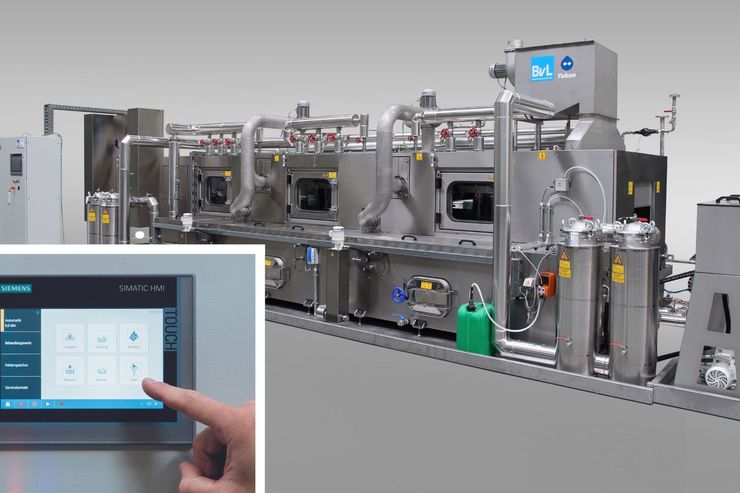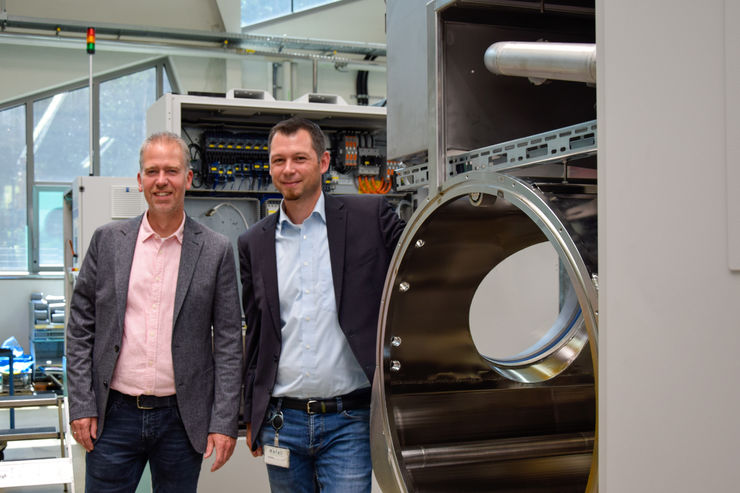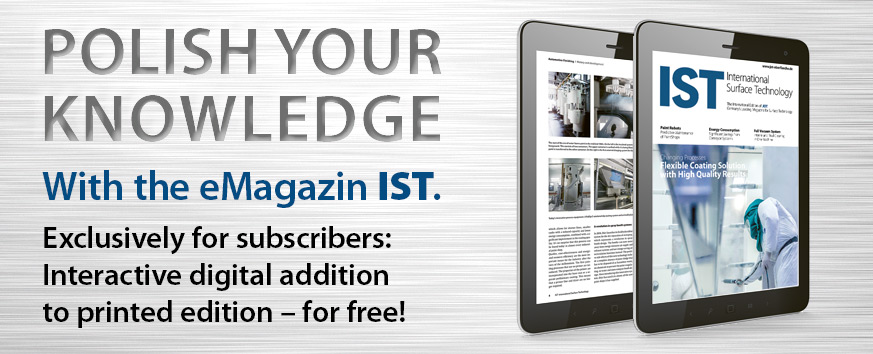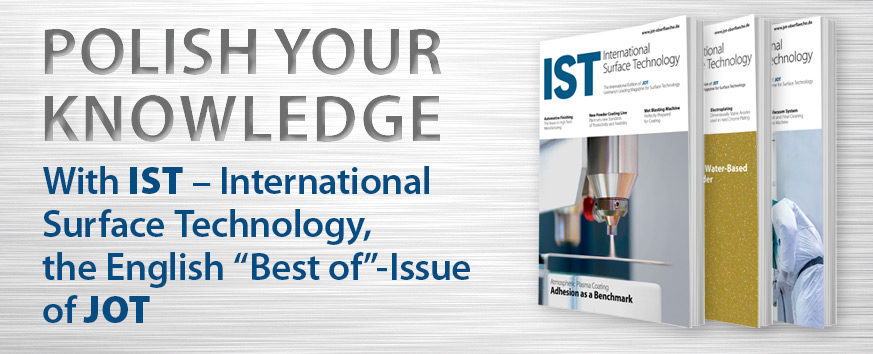With the use of more energy-efficient drive systems - be it hybrid, pure electric or optimised combustion engines - the equipment of vehicles with driver assistance systems is increasing. The components that control and perform these functions must ensure maximum safety and reliability. These include, among others, the electric motors for power steering, which are constantly being further developed and adapted to new requirements by the system manufacturers. Stricter specifications result not only for the technical cleanliness of the components, but also for the assembly lines. Particles are often produced in assembly processes that can impair the performance of the electric motor in later operation and cause short circuits. The focus here is not only on metallic particles. Non-metallic impurities and fibres also pose a risk, as they can become electrically conductive by absorbing moisture. At a renowned automotive supplier, the final inspection showed that the required cleanliness specifications were not met with an air dry cleaning system already integrated into the assembly line. The project managers of Tier 1 therefore turned to the cleaning system manufacturer Ecoclean.
Process and plant design through simulation and trials
The process design was carried out by means of an appropriate test set-up. The tools to be used were developed with the help of a flow simulation. The simulations made it possible to adapt the nozzle openings to the respective geometry of a total of seven different motors and variants. This ensures the best possible cleaning effect at the lowest possible operating costs. For the actual cleaning tests, standard particles with emulsion were applied to the complex electrical assemblies and dried in an oven for about an hour so that the contamination adhered strongly to the surface. The subsequent cleaning process showed that even in the first tests, results were achieved that were significantly better than the defined cleanliness specifications.
7.8 seconds per workpiece
When implementing the developed process in a plant concept, it also had to be taken into account that cleaning had to take place in only 7.8 seconds per workpiece. Ecoclean solved this requirement with a highly automated system equipped with two treatment stations and two manipulators with double grippers. The nozzle systems, which are adapted to the respective electric motors, are located in a tool rack. The manipulators receive the information about which tools are to be used via an RFID chip with which each electric motor is equipped and which is interrogated when it is fed to the cleaning system. The tools are changed by means of a quick-change system. For a consistently good cleaning result, in addition to the reliable removal of contaminants, it is important that these do not vagabond into the environment. This goal was achieved by a closed blow box: due to the special design of the walls, the removed particles are continuously discharged by the suction system. The air used for this purpose is filtered and discharged into the production room. By optimally adapting the cleaning processes to the components, the cleaning result achieved in the tests is sustainably achieved in series production. In the meantime, the company is working with three of these systems at two different production sites.
The complete article in German was published in JOT 09/20.
Autor(en): Doris Schulz, freie Fachjournalistin, Stuttgart






